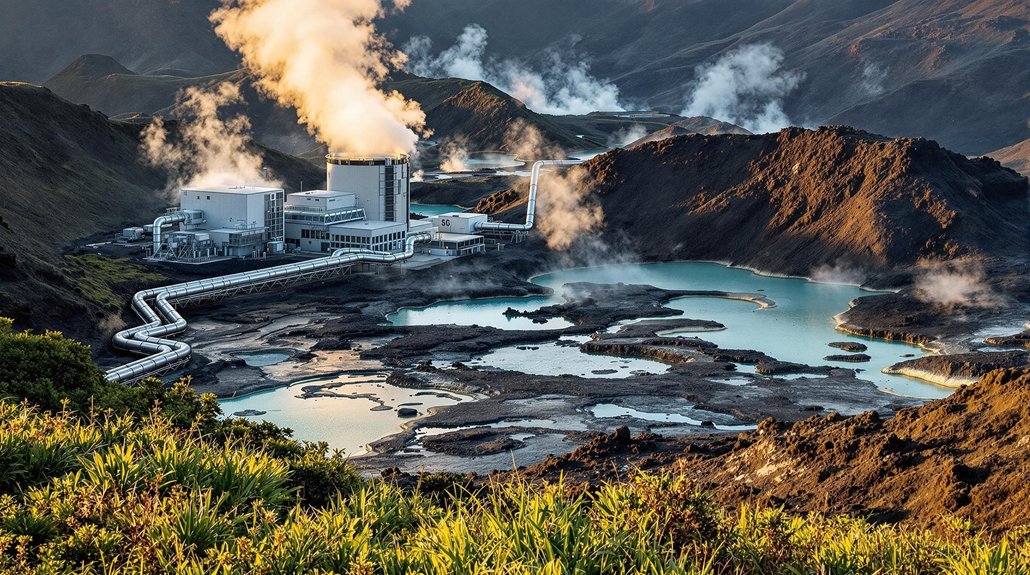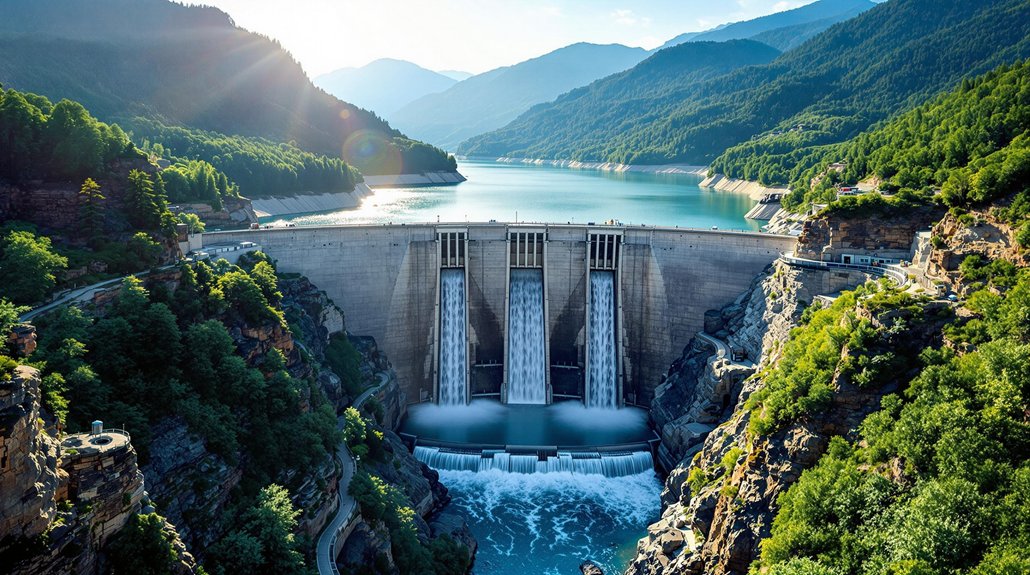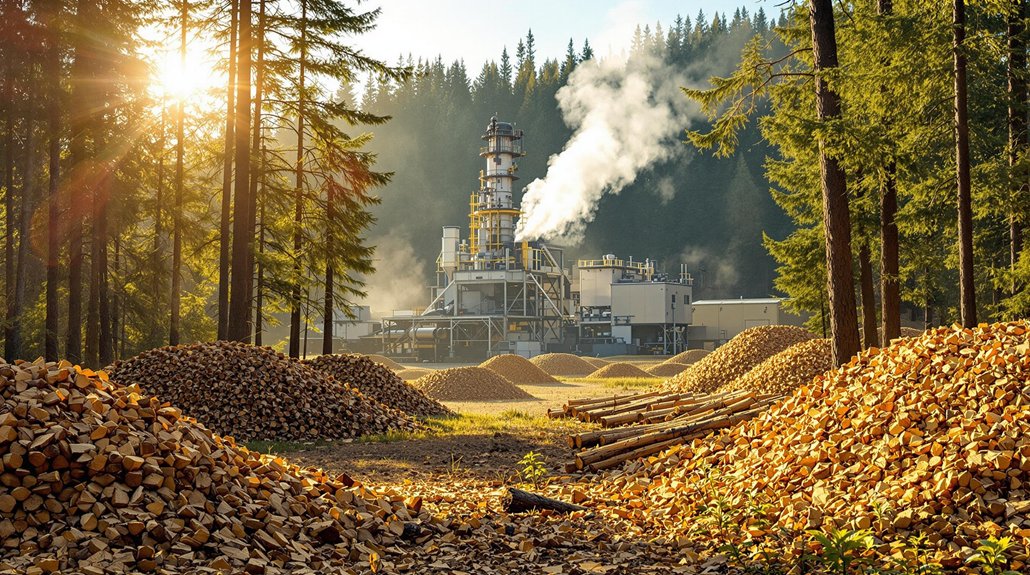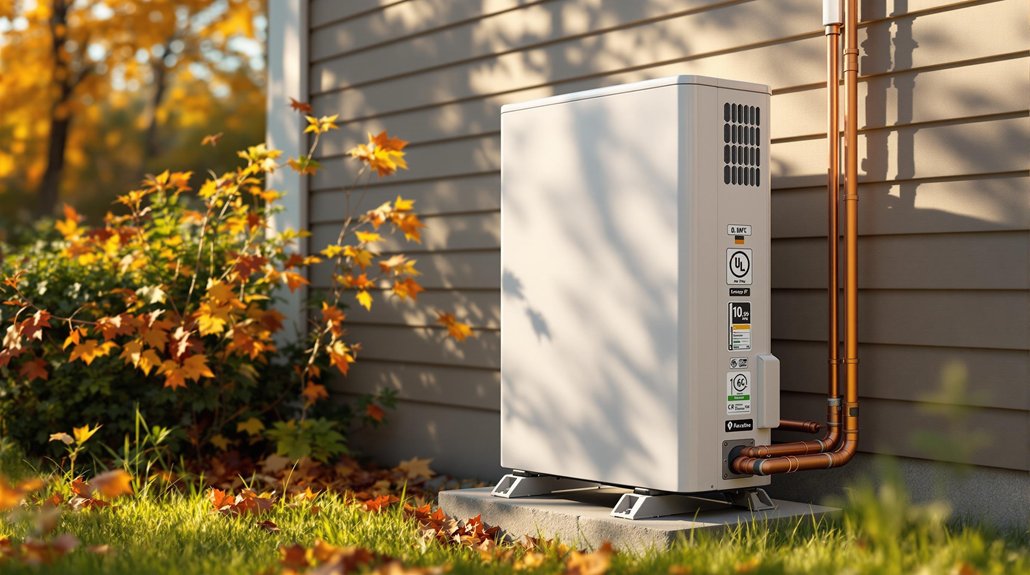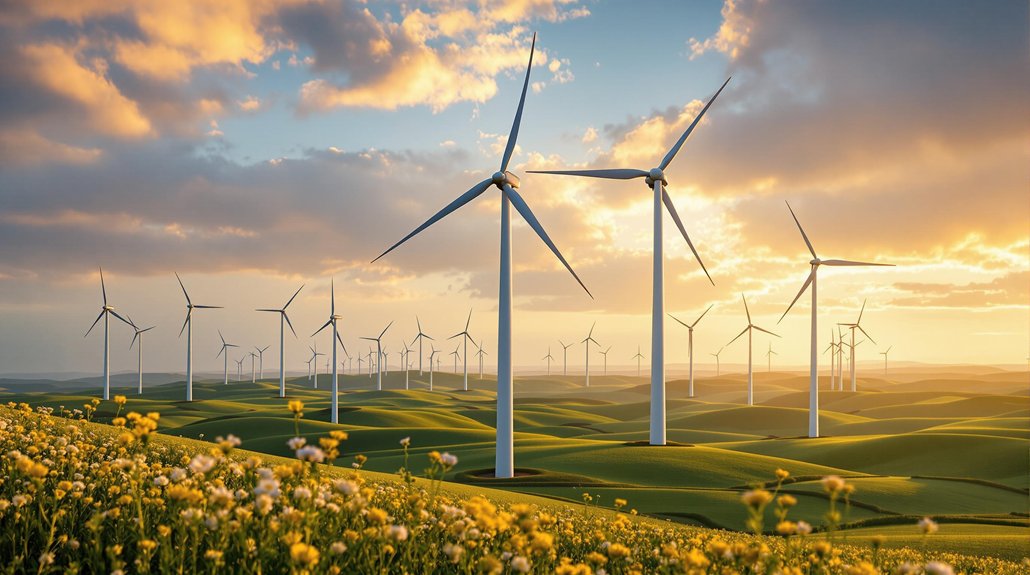Geothermal energy is considered a truly renewable resource. It harnesses heat continuously generated within the Earth’s core and from radioactive decay in the crust. When managed properly, geothermal reservoirs can produce energy for decades without depleting. It creates nearly 99% less carbon dioxide than fossil fuels and has a smaller environmental footprint. However, challenges include location limitations and high upfront costs. The sustainability of this clean energy source depends on careful extraction practices.
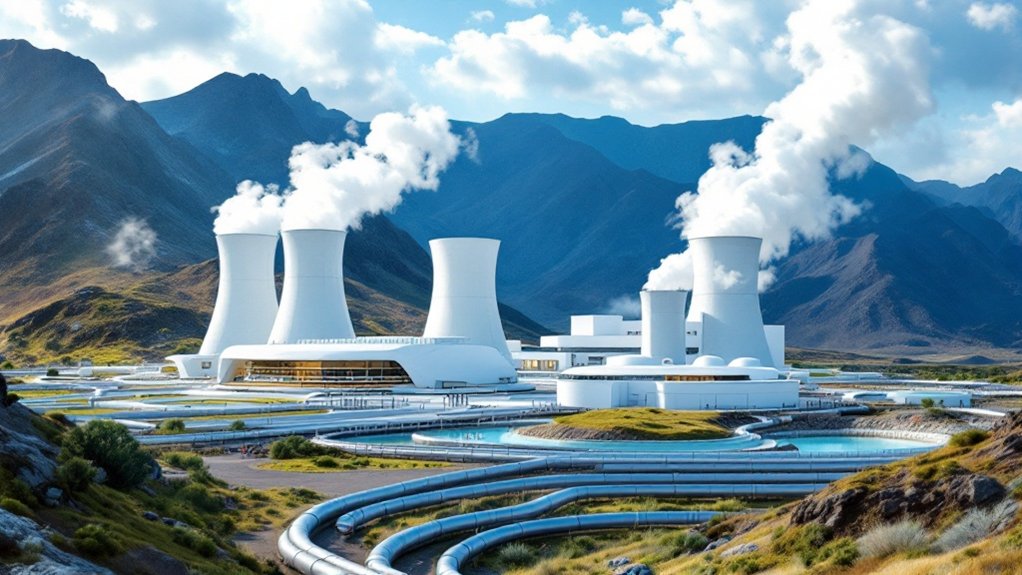
While many renewable energy sources capture power from the sun or wind, geothermal energy taps into heat generated deep within the Earth itself. This heat comes from the Earth’s core and radioactive decay of materials in the crust. The term “geothermal” comes from Greek words meaning “earth heat,” accurately describing this energy source that’s accessed through hot water or steam reservoirs underground.
Geothermal energy is considered renewable because Earth continuously produces heat. Unlike fossil fuels that deplete over time, the planet’s internal heat generation is ongoing and will continue for billions of years. When managed properly, geothermal reservoirs can maintain their energy output for decades or longer. Geothermal energy is typically found near tectonically active regions where hot water and steam can be accessed at relatively shallow depths.
Earth’s heat is an infinite wellspring of energy that won’t run dry like fossil fuels if we use it wisely.
There are several ways to harness geothermal energy. Power plants use different methods based on resource temperature. Dry steam plants use steam directly from underground. Flash steam plants use high-pressure hot water, while binary cycle plants work with moderate temperature water. For home use, ground source heat pumps provide efficient heating and cooling. These different methods allow for the efficient conversion of Earth’s thermal energy into usable electricity.
The environmental benefits of geothermal energy are significant. It produces nearly 99% less carbon dioxide than fossil fuel plants and 97% fewer acid rain-causing compounds. Geothermal power plants don’t burn fuel to generate electricity, giving them a much smaller environmental footprint.
Despite its potential, geothermal energy faces challenges. It’s location-dependent, requiring specific geological conditions. The United States has tapped less than 0.7% of its available geothermal resources, with a potential capacity exceeding 100 GW. High upfront costs for exploration and drilling remain obstacles to development.
Sustainability depends on proper management. Reinjecting used geothermal fluids back into reservoirs helps maintain pressure. The extraction rate shouldn’t exceed natural replenishment. In some cases, improper management can lead to reservoir depletion or induced seismicity. Well-designed geothermal plants typically have low operating costs and can operate continuously for more than 25 years, making them economically attractive in the long term.
With careful planning and advancing technology, geothermal energy represents a reliable, clean energy source that can help reduce dependence on fossil fuels while providing stable power generation for decades to come.
Frequently Asked Questions
How Do Geothermal Heat Pumps Differ From Geothermal Power Plants?
Geothermal heat pumps and power plants serve different purposes.
Heat pumps use shallow ground temperatures (50-60°F) to heat or cool individual buildings, reducing energy use by 30-60%. They’re widely applicable in most locations.
Power plants harness much hotter geothermal reservoirs (300-700°F) to generate electricity for cities through turbines. They require specific geological conditions, typically near tectonic plates, making them more geographically limited.
What Are the Environmental Impacts of Geothermal Energy Extraction?
Geothermal energy extraction has several environmental impacts.
It produces 97% fewer sulfur compounds and 95% less CO2 than fossil fuel plants. Water usage is minimal at 5 gallons/MWh compared to coal’s 361 gallons/MWh. Land requirements are smaller than coal plants.
However, there are concerns about potential groundwater contamination and minor seismic events from fluid injection. Binary systems and proper management techniques can reduce these impacts considerably.
Can Geothermal Energy Be Depleted in Certain Locations?
Geothermal energy can be depleted in specific locations. When operators extract heat faster than it naturally replenishes, local reservoirs can cool down.
This has happened at sites like The Geysers in California, where production declined until water reinjection practices began. While Earth’s core continuously produces heat, individual geothermal fields can experience temporary or permanent productivity drops if not managed properly.
Sustainability depends on careful monitoring and balanced extraction rates.
How Does Geothermal Energy Cost Compare to Other Renewable Sources?
Geothermal energy is more expensive than solar and wind power, with costs between $59-101 per megawatt-hour compared to under $54 for solar and wind.
Installation costs have risen to $4,468 per kilowatt in 2020. Geothermal requires high upfront investments for drilling and construction and isn’t declining in cost as quickly as other renewables.
However, it competes well with hydroelectric ($85) and offshore wind ($81) power.
What Countries Lead in Geothermal Energy Production and Technology?
The United States leads global geothermal energy production with 3,900 MW capacity, followed by Indonesia (2,418 MW) and the Philippines (1,952 MW).
Iceland stands out with over 90% of its heating from geothermal sources.
For technology development, the U.S. pioneers Enhanced Geothermal Systems research, with France, Germany, and Australia advancing demonstration projects.
Indonesia aims to reach 5GW capacity by 2025, while China has emerged as a major geothermal consumer.
